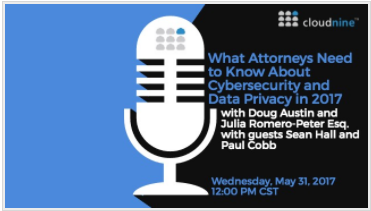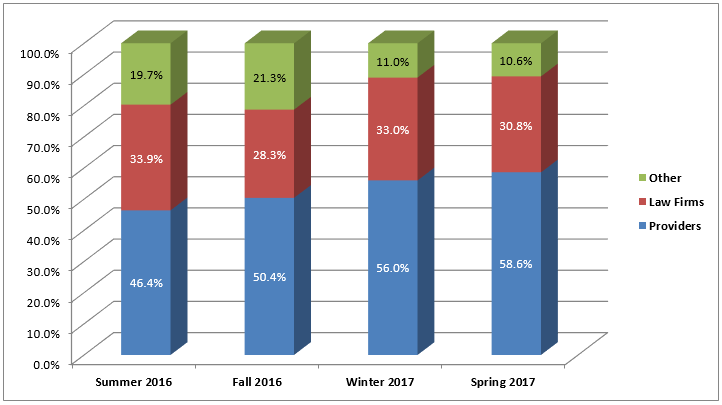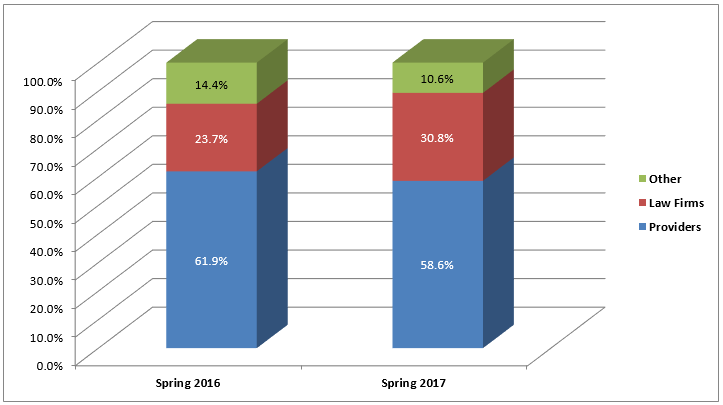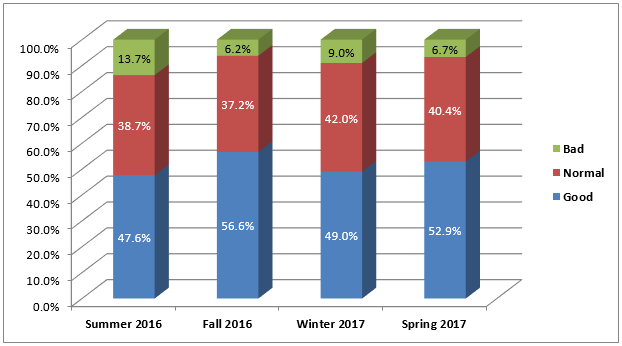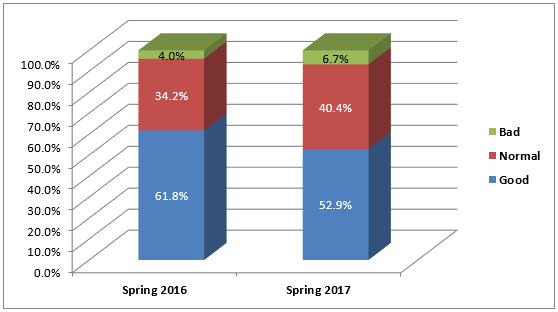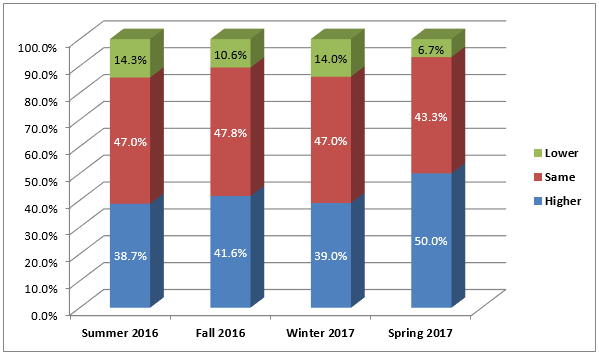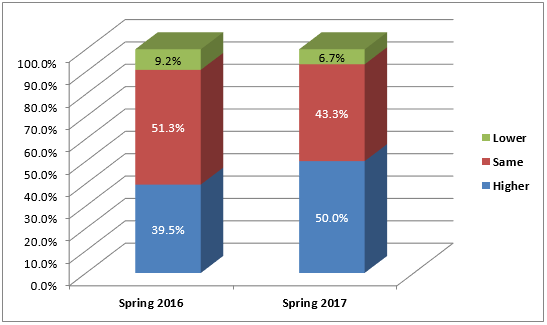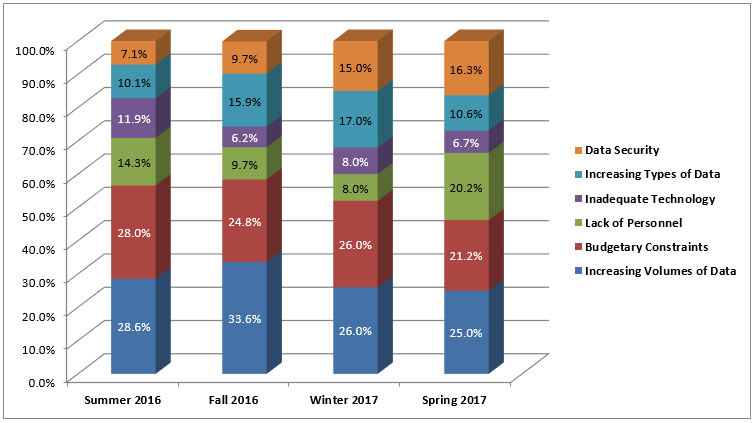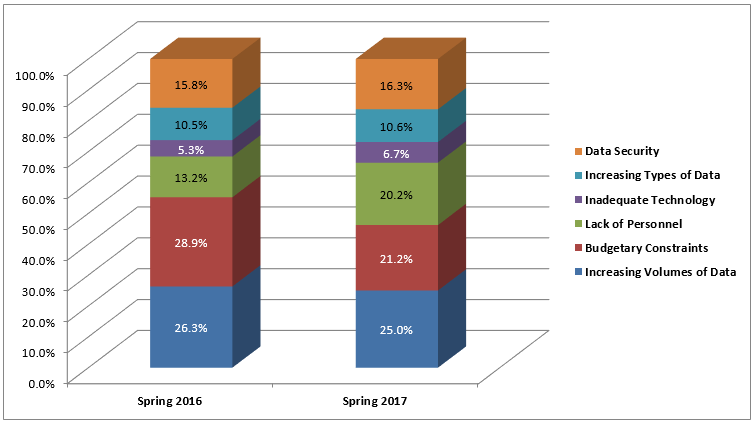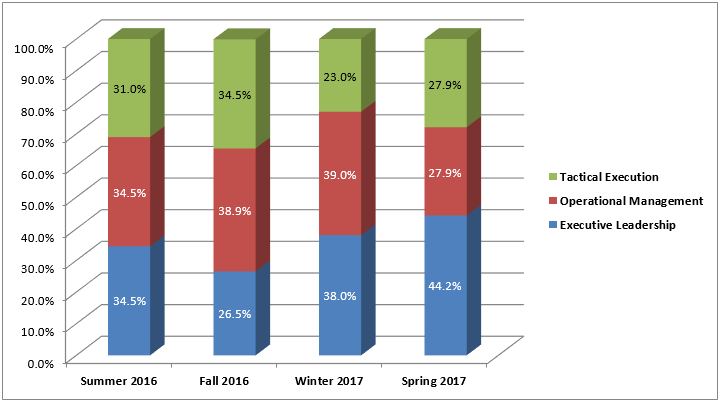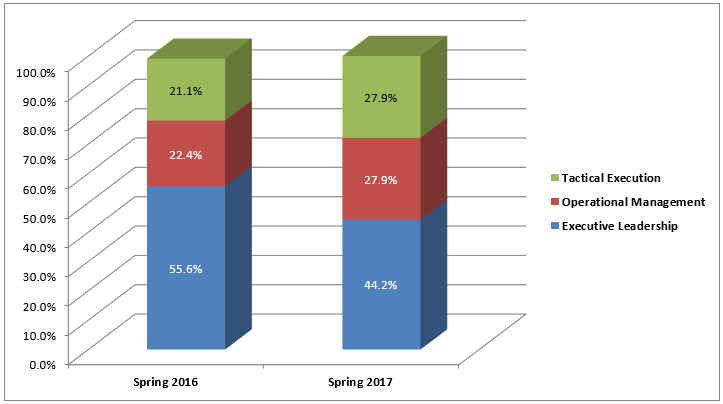Here’s a Chance to Learn What You Need to Know About Cybersecurity and Data Privacy in 2017: eDiscovery Best Practices
You’ve heard the horror stories. Maybe even experienced them yourselves. Data breaches are happening within organizations at an alarming rate, and sensitive data is being compromised regularly. As an attorney, what can you do to protect yourself, your firm and your client from becoming a victim? And, what do you need to do to keep up with ever-changing requirements for data security, both within the US and internationally?
On Wednesday, May 31 at noon CST (1:00pm EST, 10:00am PST), CloudNine, along with our friends, the cybersecurity experts at Firm Guardian, LLC, will conduct the webcast What Attorneys Need to Know About Cybersecurity and Data Privacy in 2017. This one-hour webcast will discuss what you need to know today about cybersecurity and data privacy to protect the sensitive data that your organization manages every day. Examples of topics being discussed include:
- The State of Cybersecurity in the U.S. in 2017
- Top Threats Facing Your Practice
- Your Responsibility to Your Clients: The High Cost of Data Leaks
- How to Protect Your Firm and Your Clients
- Recent Developments in International Data Privacy
- Criteria for Evaluating Providers in Your eDiscovery Projects
- Ethics Considerations
- Looking Forward: The Future of Cybersecurity in the Legal Field
I’ll be presenting the webcast, along with Julia Romero Peter, General Counsel and VP of Sales at CloudNine and joining us from Firm Guardian will be Sean Hall, CEO at Firm Guardian and Paul Cobb, the company’s COO. The Firm Guardian team has over 30 years of combined experience dealing with foreign and domestic cyber-threats against government and military targets. So, they have a lot of good information to share to help your organization combat those threats!
To register for the webcast, click here. Don’t be this firm.
Also, I will be in Chicago on Tuesday, May 23 for the Chicago leg of The Master’s Conference. The conference will be held at the Wyndham Grand Chicago Riverfront at 71 E Upper Wacker Dr., Chicago, IL 60601. If you’re going to be in Chicago that day (or close enough to come in for it), you can register here for the full day event (or attend for just half a day, if that’s all your schedule permits). I will be moderating a panel discussion on Data, Discovery, and Decisions: Extending Discovery From Collection To Creation, at 1:45pm on that day, with panelists Matthew C. Wolfe, Attorney with Shook, Hardy & Bacon, LLP, Ryan Tilot, Counsel, eDiscovery and Information Governance with Seyfarth Shaw and Mykhaylo Bulyk, Manager, Cyber Intelligence & Incident Response with CDK Global. If you’re in Chicago, hope to see you there!
So, what do you think? Do cybersecurity and data privacy concerns keep you up at night? Please share any comments you might have or if you’d like to know more about a particular topic.

Disclaimer: The views represented herein are exclusively the views of the author, and do not necessarily represent the views held by CloudNine. eDiscovery Daily is made available by CloudNine solely for educational purposes to provide general information about general eDiscovery principles and not to provide specific legal advice applicable to any particular circumstance. eDiscovery Daily should not be used as a substitute for competent legal advice from a lawyer you have retained and who has agreed to represent you.

